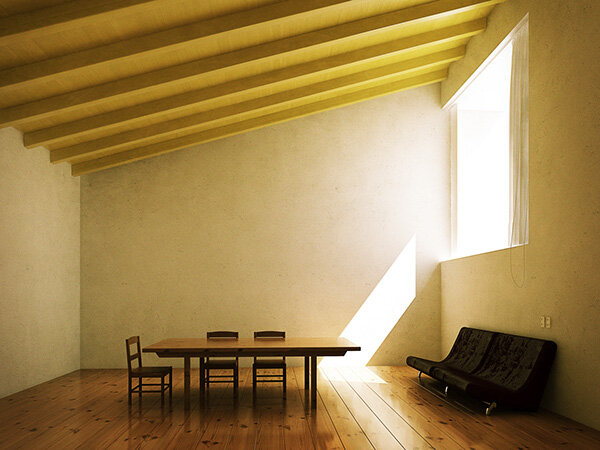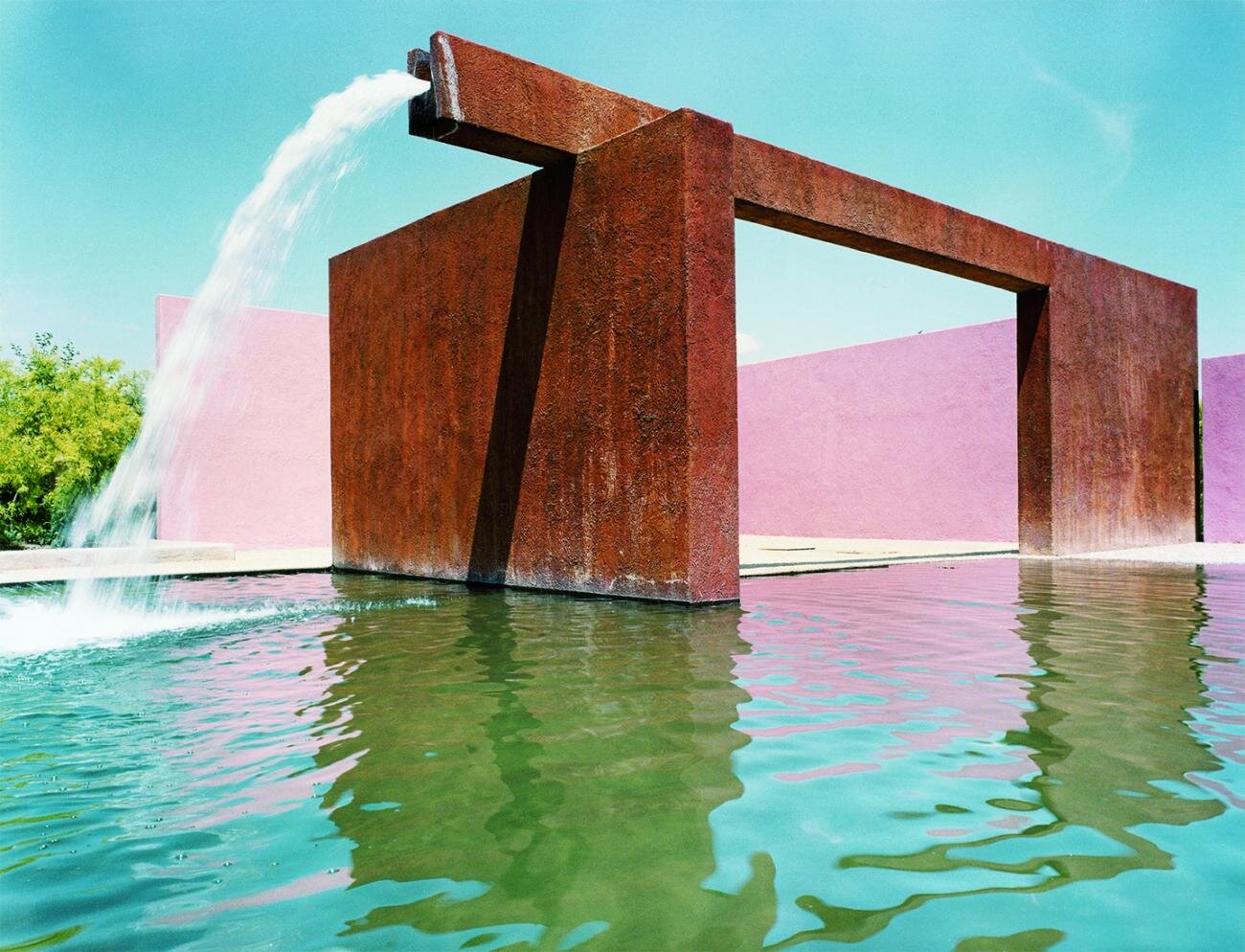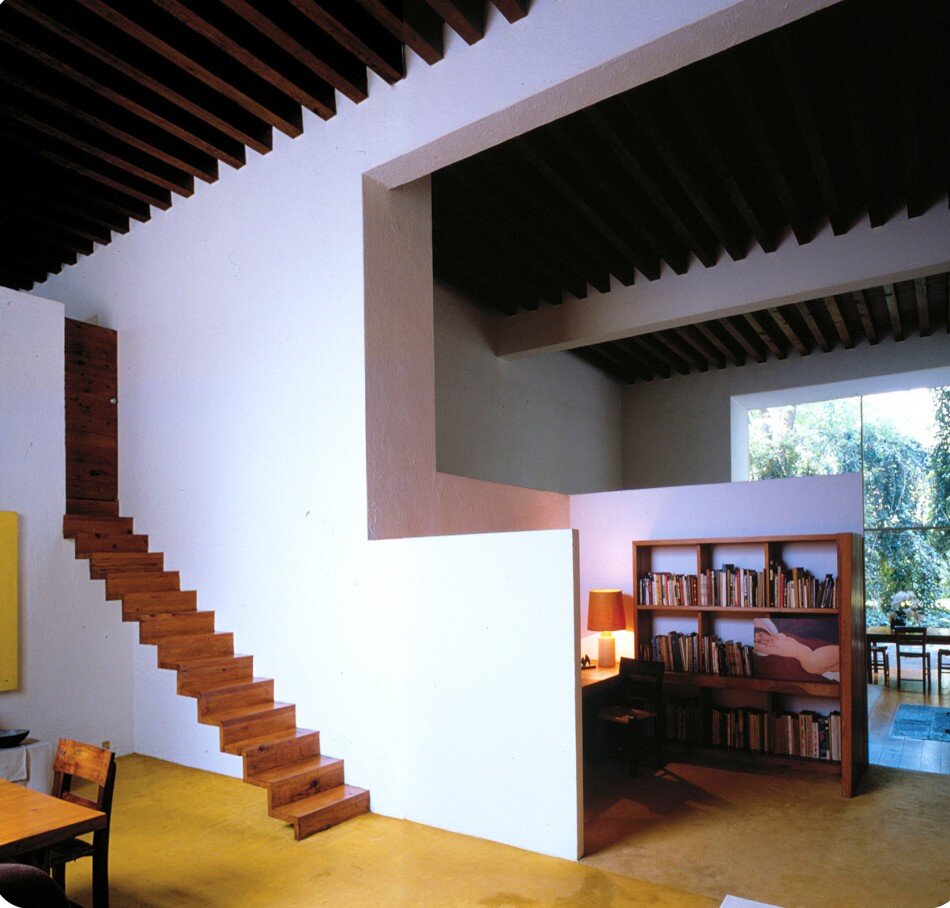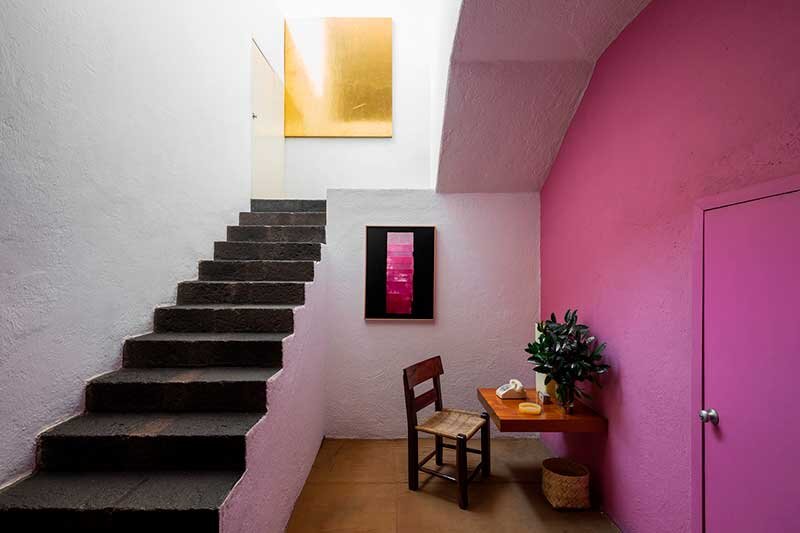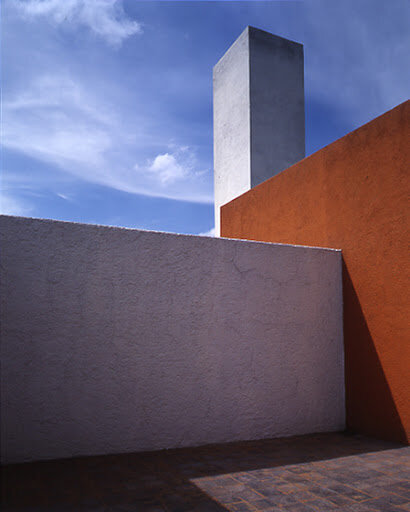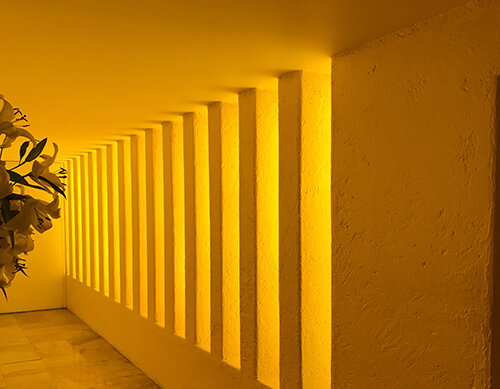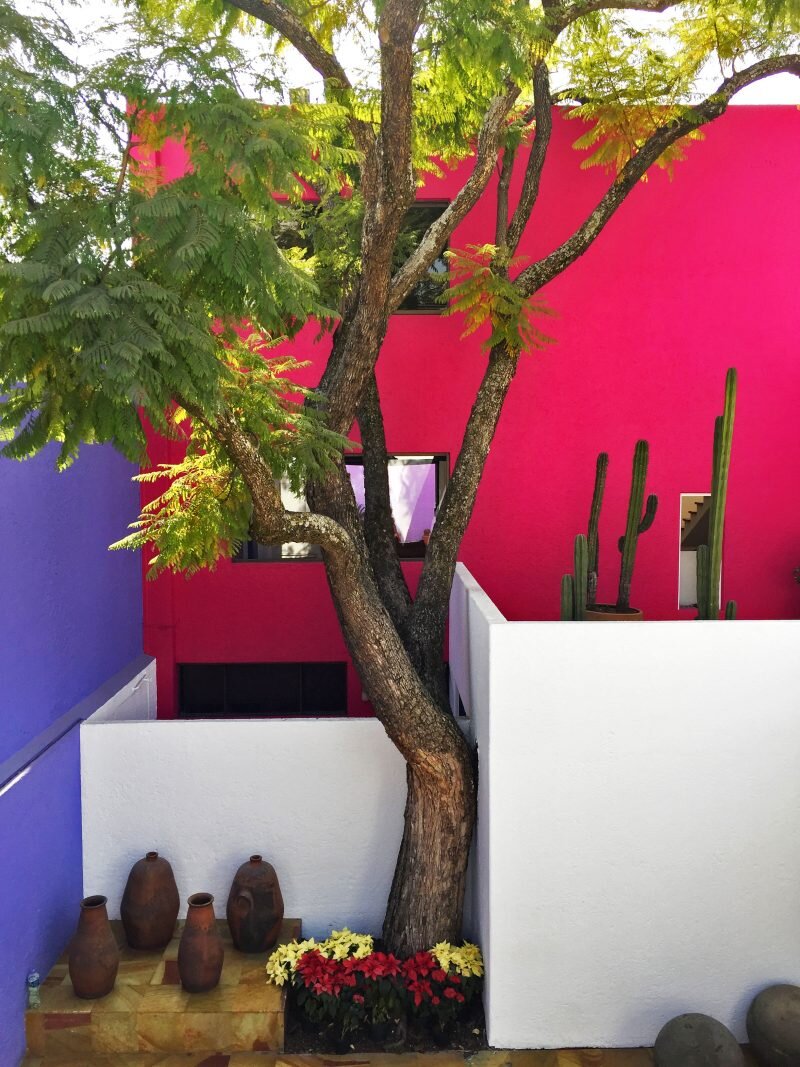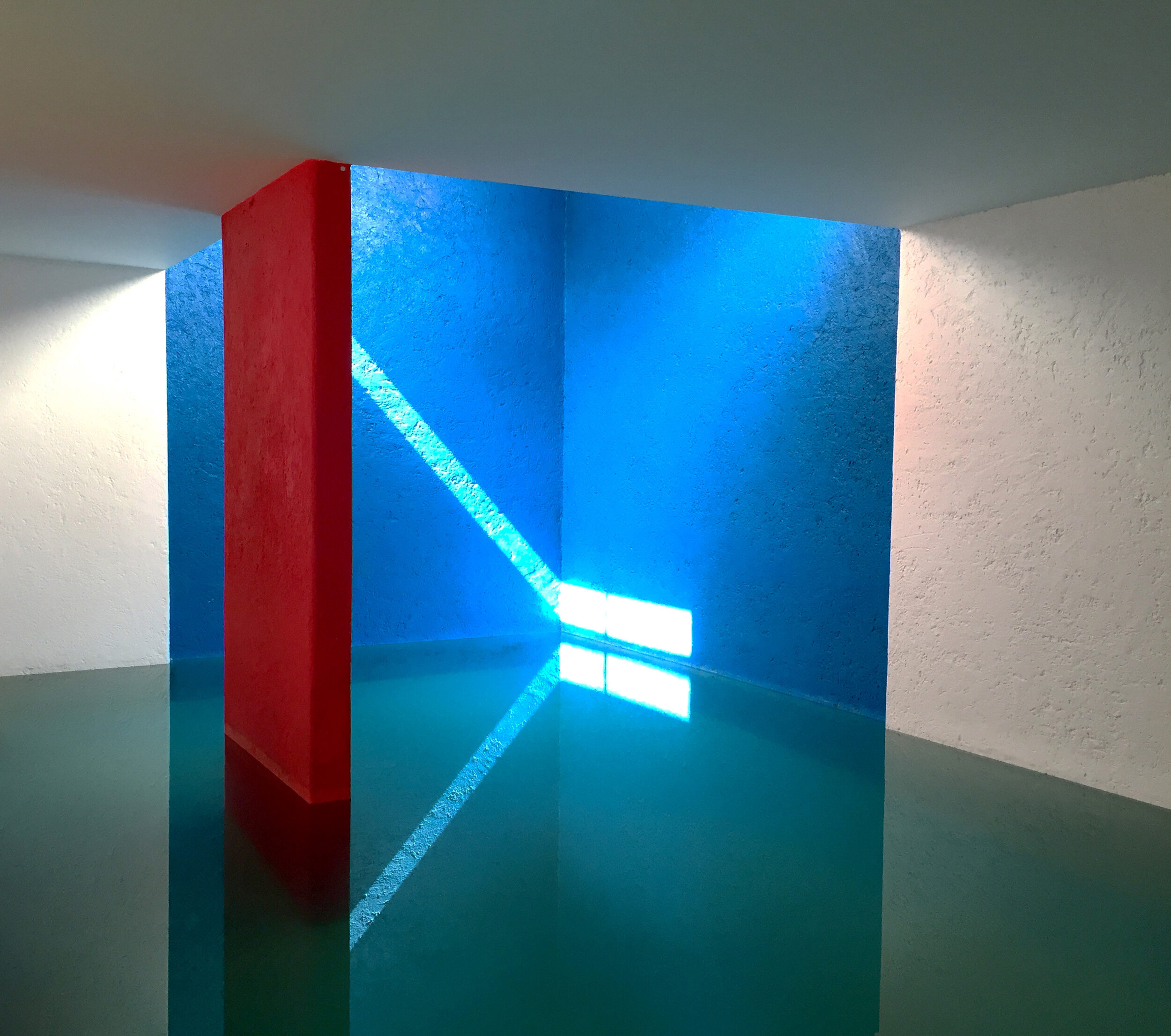Luis Barragán – Iconic Mexican Architect & Visionary
Luis Barragán - Arquitecto y Visionario Icónico Mexican
In honor of Hispanic Heritage month, today we are highlighting influential and iconic Mexican architect, Luis Barragán. Born in 1902 in Guadalajara, Barragán arrived in Mexico City in the 1930s, but it wasn’t until a seminal trip to Europe - where he crossed paths with modernists including French architect Le Corbusier, that his singular mix of international style modernism and Mexican colonial architecture began to coalesce. The result was christened “emotional architecture.” Barragán fused together architecture and color in a range of structures that remain innovative, timeless and enigmatic. His modernist designs are universally distinguished for evoking emotion through the brilliant use of color, light, and water to activate planar geometries, and he first established his architectural language in terms of organizing the interaction between physical structure and surrounding nature.
En honor al mes de la Herencia Hispana, hoy destacamos al influyente e icónico arquitecto mexicano, Luis Barragán. Nacido en 1902 en Guadalajara, Barragán llegó a la Ciudad de México en la década de 1930, pero no fue hasta un viaje seminal a Europa, - donde se cruzó con los modernistas, incluyendo el arquitecto francés Le Corbusier, que su singular mezcla de modernismo de estilo internacional, y arquitectura colonial mexicana comenzó a fusionarse. El resultado fue bautizado como "arquitectura emocional". Barragán fusionó arquitectura y color, en una gama de estructuras que siguen siendo innovadoras, atemporales y enigmáticas. Sus diseños modernistas se distinguen universalmente, por evocar emociones mediante el uso brillante del color, la luz, y el agua para activar geometrías planas, y primero estableció su lenguaje arquitectónico en términos de organizar la interacción entre la estructura física y la naturaleza circundante.
“It seems important to me that spaces are not aggressive. I always used low forms and permanently worked with right angles. At all times in my work, I had in mind the horizontal and vertical planes and angles of intersection. This explains the frequent use of the cube in my architecture.”
“Me parece importante que los espacios no sean agresivos. Siempre usé formas bajas y trabajé permanentemente con ángulos rectos. En todo momento en mi trabajo, tuve en cuenta los planos y ángulos de intersección horizontal y vertical. Esto explica el uso frecuente del cubo en mi arquitectura.”
Opposed to functionalism, Barragán’s emotional architecture expresses his belief that "any work of architecture which does not express serenity is a mistake." This can be seen in his use of raw materials such as wood or stone, combined with dramatic use of light, both natural and artificial. His preference for hidden light sources gives his interiors a particularly subtle and lyrical atmosphere. Barragán drew bold color inspiration from notable Mexican artists, such as Chucho Reyes, Diego Rivera, and Frida Kahlo.
Frente al funcionalismo, la arquitectura emocional de Barragán expresa su creencia de que "cualquier obra de arquitectura que no exprese serenidad es un error". Esto se puede ver en su uso de materias primas como la madera, o la piedra, combinado con un uso dramático de la luz, tanto natural como artificial. Su preferencia por las fuentes de luz ocultas, confiere a sus interiores una atmósfera particularmente sutil y lírica. Barragán se inspiró en colores llamativos de notables artistas mexicanos, como Chucho Reyes, Diego Rivera, y Frida Kahlo.
With a career of over 30 built works, his combination of lively block colors and serene gardens earned him the Pritzker Prize in 1980, the Jalisco Award in 1985; finally, a year before his death Barragán received Mexico's National Architecture Award. Barragán's influence can be seen in the work of many of Mexico's contemporary architects, most notably in Ricardo Legorreta's projects.
Con una carrera de más de 30 obras construidas, su combinación de vivos colores de bloques, y serenos jardines, le valieron el Premio Pritzker en 1980, el Premio Jalisco en 1985; finalmente, un año antes de su muerte, Barragán recibió el Premio Nacional de Arquitectura de México. La influencia de Barragán se puede ver en el trabajo de muchos de los arquitectos contemporáneos de México, más notablemente en los proyectos de Ricardo Legorreta.
“Architecture is an art when one consciously or unconsciously creates aesthetic emotion in the atmosphere and when this environment produces well being.”
“La arquitectura es un arte cuando uno, consciente o inconscientemente, crea una emoción estética en la atmósfera y cuando este entorno produce bienestar.”
